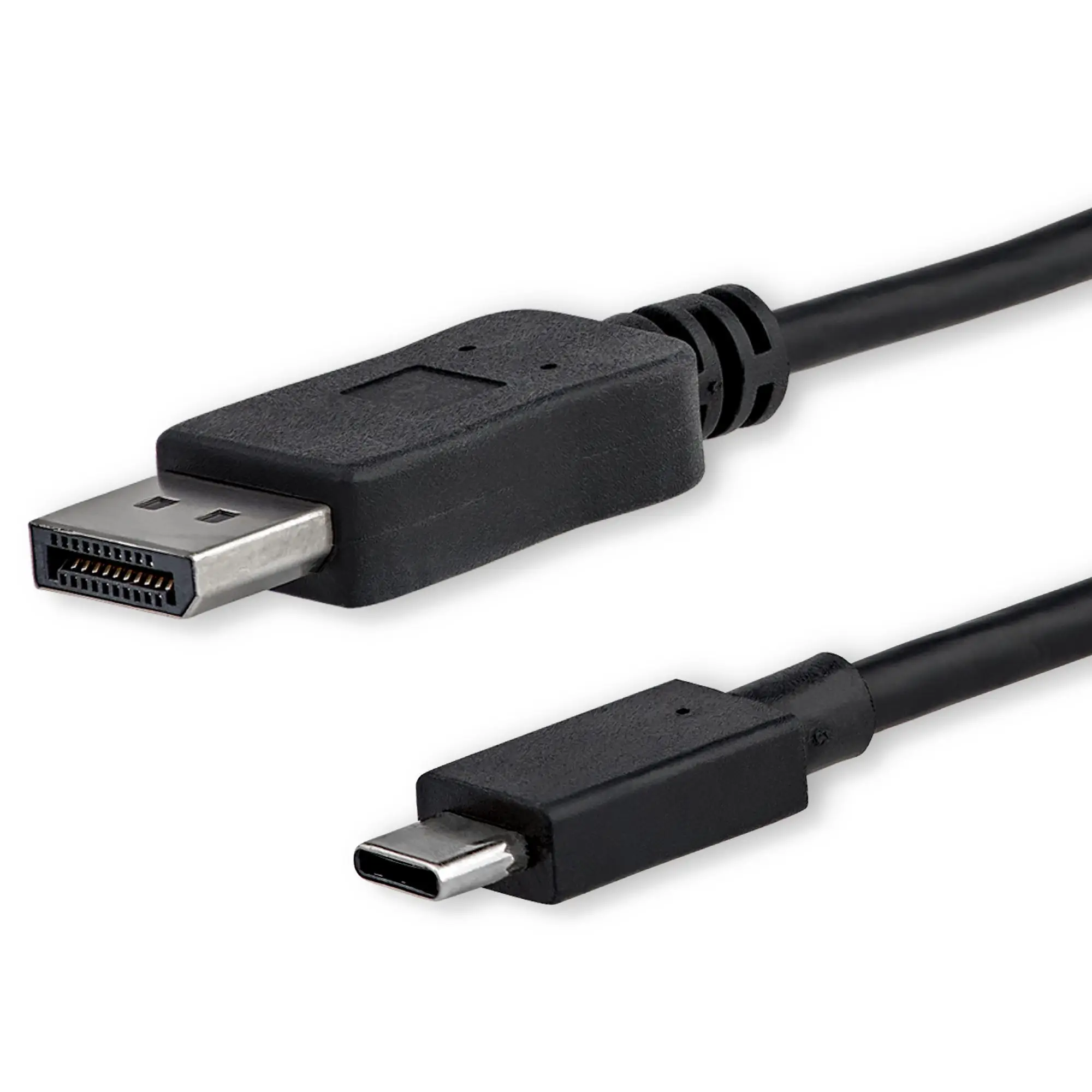How does a USB-C to USB 3.0 to DisplayPort adapter work?


USB-C to USB 3.0 to DisplayPort adapters are versatile devices that allow you to connect your USB-C enabled devices to a DisplayPort monitor or display. These adapters are commonly used to connect laptops, tablets, or smartphones with USB-C ports to external monitors, projectors, or TVs that have DisplayPort inputs. In this article, we will explore how USB-C to USB 3.0 to DisplayPort adapters work and how they can enhance your connectivity options.
Understanding USB-C and DisplayPort
Before diving into the details of how the adapter works, it is essential to understand the basics of USB-C and DisplayPort.
USB-C: USB-C is a relatively new standard for connectivity that offers several advantages over its predecessors. It is a small, reversible connector that can transmit both power and data. USB-C ports are becoming increasingly common in modern devices, including laptops, tablets, smartphones, and even some desktop computers.
DisplayPort: DisplayPort is a digital display interface that allows for high-resolution video and audio transmission. It is widely used in computer monitors, TVs, and projectors. DisplayPort supports various video resolutions and refresh rates, making it suitable for both gaming and professional applications.
How does the USB-C to USB 3.0 to DisplayPort adapter work?
USB-C to USB 3.0 to DisplayPort adapters work by converting the USB-C signal into a DisplayPort signal. Let’s break down the process step by step:
1. USB-C to USB 3.0: The first part of the adapter converts the USB-C signal to a USB 3.0 signal. USB 3.0 is a standard for high-speed data transfer and is backward compatible with USB 2.0. This conversion allows the adapter to transmit data from the USB-C port to the USB 3.0 port.
2. USB 3.0 to DisplayPort: The second part of the adapter converts the USB 3.0 signal to a DisplayPort signal. This conversion is necessary because USB 3.0 and DisplayPort use different protocols for data transmission. The adapter’s electronics convert the USB 3.0 signal into a format that can be understood by the DisplayPort input on the monitor or display.
3. DisplayPort output: Once the USB 3.0 signal is converted to a DisplayPort signal, it is transmitted to the DisplayPort input on the monitor or display. The monitor or display then processes the signal and displays the content from the USB-C enabled device.
Benefits of using a USB-C to USB 3.0 to DisplayPort adapter
Using a USB-C to USB 3.0 to DisplayPort adapter offers several benefits:
1. Enhanced connectivity: These adapters allow you to connect USB-C devices to DisplayPort monitors or displays, expanding your connectivity options. You can use them to connect your laptop or tablet to a larger external monitor for a more immersive viewing experience or to extend your workspace.
2. High-quality video and audio: DisplayPort supports high-resolution video and audio transmission, ensuring that you get the best possible quality when connecting your USB-C device to a DisplayPort monitor or display. Whether you are watching movies, playing games, or working on graphic-intensive tasks, the adapter ensures a seamless and high-quality experience.
3. Plug-and-play convenience: USB-C to USB 3.0 to DisplayPort adapters are typically plug-and-play devices, meaning you can simply connect them to your USB-C device and the DisplayPort monitor or display without the need for additional drivers or software. This convenience makes them easy to use and suitable for both home and professional settings.
Conclusion
USB-C to USB 3.0 to DisplayPort adapters provide a convenient solution for connecting USB-C devices to DisplayPort monitors or displays. By converting the USB-C signal to a USB 3.0 signal and then to a DisplayPort signal, these adapters enable seamless connectivity and high-quality video and audio transmission. Whether you want to extend your workspace, enjoy multimedia content on a larger screen, or enhance your gaming experience, a USB-C to USB 3.0 to DisplayPort adapter can be a valuable addition to your connectivity arsenal.
Recent Posts
How do I create an engaging and informative online quiz or assessment?
Creating an engaging and informative online quiz or assessment can be a powerful tool for… Read More
What are the most effective methods for managing and reducing work-related stress in the hospitality industry?
Work-related stress is a common issue in the hospitality industry, where employees often face long… Read More
How can I improve my assertiveness and communication skills in a leadership position?
In a leadership position, assertiveness and effective communication skills are crucial for success. Being able… Read More
What are the key elements of a successful employee recognition and rewards program?
Employee recognition and rewards programs play a crucial role in motivating and engaging employees, as… Read More
How do I effectively manage and respond to customer feedback and reviews?
Customer feedback and online reviews play a crucial role in shaping a company's reputation and… Read More
What are the best strategies for effective time management as a stay-at-home parent?
Effective time management is crucial for stay-at-home parents who juggle multiple responsibilities on a daily… Read More